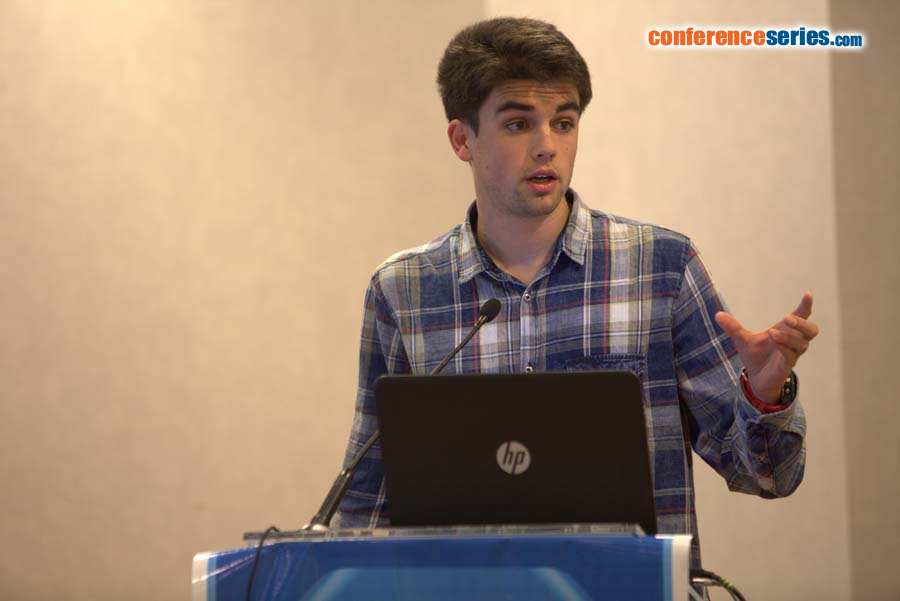
Diego Gallego GarcÃa
National Museum of Natural Sciences, Spain
Title: Complex ungulate and predator effects on foraging behaviour and acorn dispersal by Algerian mice: An experimental approach
Biography
Biography: Diego Gallego GarcÃa
Abstract
Acorn dispersal by Algerian mice (Mus spretus) is decisive for seedling recruitment in savanna-like holm oak woodlands (dehesas), but its foraging behaviour is affected by some variables related to perceived predation risk and competition for acorns. In this study, both factors were manipulated by means of predator scents (Genetta genetta) and ungulate exclosures, respectively. Foraging behaviour and acorn dispersal were analysed with automatic video cameras set for continuous recording on three consecutive full moon nights. Unexpected results arised according to the interactive effects of both factors: outside ungulate exclosures, scent treatment did not cause significant effects on foraging behaviour; inside exclosures, rodents showed a less distressed behaviour in response to the addition of predator scent (longer events, more time devoted to acorn handling, less time spent vigilant and a lower acorn dispersal rate). These patterns of foraging behaviour did not change when the effects of vegetation structure and presence of other mice were controlled for. However, conspecific activity explained the effects of experimental treatments on acorn dispersal rate, whereas indirect effects of exclosures on vegetation were just additive over exclosure effects. The results obtained suggest that these three types of animals (predator, prey and competitor) are inmersed in a complex interaction that also relies on the effects of conspecifics, as well as on other indirect factors such as moonlight or acorn availability. Ultimately, all these factors could help understand better the ecology of seed dispersal by mice in open woodlands






